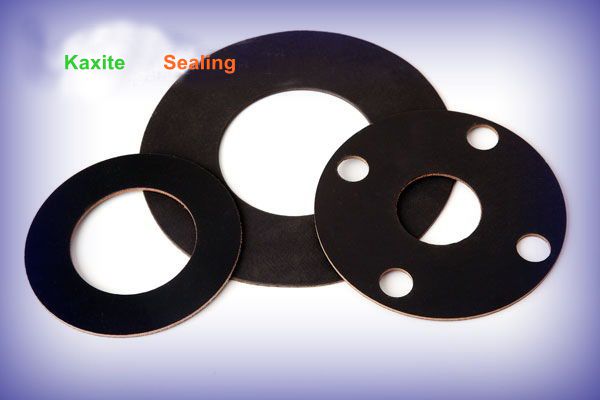Sealing Success: Unveiling the Distinctive Properties and Applications of Neoprene Faced Phenolic Gaskets
2024-01-30
Introduction:
In the vast landscape of industrial gaskets, each variety plays a unique role in ensuring the integrity of mechanical systems. Among these, Neoprene Faced Phenolic Gaskets stand out as a distinctive choice, offering a blend of properties that set them apart from other gasket types. This blog explores the unique characteristics of Neoprene Faced Phenolic Gaskets and highlights the key factors that distinguish them in terms of properties and applications.
1. Temperature Resistance:
- Distinctive Property: Neoprene Faced Phenolic Gaskets exhibit exceptional temperature resistance.
- Distinguishing Factor: Unlike certain gasket materials that may degrade or lose their effectiveness at high temperatures, the combination of phenolic resin and neoprene rubber in these gaskets allows them to withstand elevated temperatures, making them ideal for applications in industries such as oil and gas, power generation, and chemical processing.
2. Chemical Resistance:
- Distinctive Property: Neoprene Faced Phenolic Gaskets showcase robust chemical resistance.
- Distinguishing Factor: The neoprene rubber component of these gaskets provides resistance to oils and various chemicals. This property makes them well-suited for applications in chemical processing plants, where exposure to corrosive substances is common.
3. Flexibility and Adaptability:
- Distinctive Property: Neoprene Faced Phenolic Gaskets offer a balance of flexibility and adaptability.
- Distinguishing Factor: The incorporation of neoprene rubber adds a flexible and resilient quality to these gaskets. This flexibility allows them to conform to irregular surfaces, making them adaptable in situations where a tight seal is required, such as in marine applications and heavy machinery.
4. Dimensional Stability:
- Distinctive Property: Neoprene Faced Phenolic Gaskets maintain dimensional stability.
- Distinguishing Factor: The inclusion of a reinforcing insert material, often made of fiberglass or nylon fabric, enhances the gasket's structural integrity. This reinforcement prevents deformation under pressure, ensuring that the gasket maintains its shape and sealing capabilities.
5. Durability and Wear Resistance:
- Distinctive Property: Neoprene Faced Phenolic Gaskets exhibit durability and wear resistance.
- Distinguishing Factor: The gaskets are designed to resist wear and tear, contributing to their longevity. This property makes them suitable for use in heavy machinery, manufacturing equipment, and automotive applications where mechanical stress and abrasion are common.
6. Versatility in Applications:
- Distinctive Property: Neoprene Faced Phenolic Gaskets demonstrate versatility in diverse applications.
- Distinguishing Factor: Their combination of temperature resistance, chemical resistance, and adaptability makes them suitable for various industries, including oil and gas, chemical processing, power generation, marine, automotive, and aerospace applications.
7. Sealing Performance:
- Distinctive Property: Neoprene Faced Phenolic Gaskets excel in sealing performance.
- Distinguishing Factor: The cohesive combination of phenolic resin, neoprene rubber, and reinforcing inserts, held together by a high-strength adhesive, ensures an effective and reliable seal. This sealing capability is crucial in preventing leaks and maintaining the integrity of mechanical systems.
Conclusion:
In the realm of gaskets, Neoprene Faced Phenolic Gaskets carve a niche for themselves through a unique blend of properties that cater to the demanding needs of various industries. Their distinctive temperature resistance, chemical resistance, flexibility, dimensional stability, durability, and versatile applications set them apart as a reliable choice for sealing success. As industrial processes continue to evolve, these gaskets stand as resilient guardians, ensuring the efficient and reliable operation of machinery and systems across a spectrum of challenging environments.



